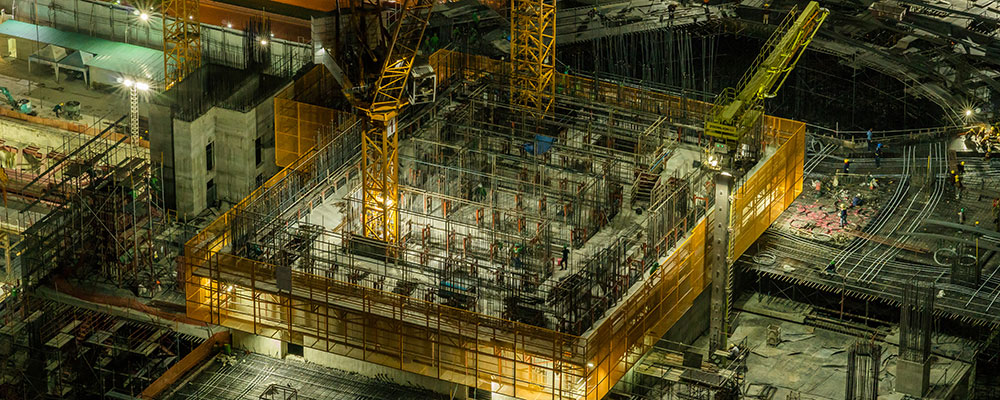

By
Ranjan N.Chandran (Partner, Commercial & Construction Department)
Harneshpal Karamjit Singh (Associate, Commercial & Construction Department)
August 22, 2020

The recent Court of Appeal decision of CT Indah Construction Sdn Bhd v BHL Gemilang Sdn Bhd [2020] 1 CLJ 75 ensures that a subcontractor is guaranteed of their payment for work done by the mechanism of direct payment from the employer/developer to the sub-contractor pursuant to Section 30 of Construction Industry Payment and Adjudication Act 2012 (“CIPAA”).
CT Construction Indah Sdn Bhd (“CT”) was the subcontractor, BHL Builders Sdn
Bhd (“BHL Builders”) was the main contractor and BHL Gemilang Sdn Bhd (“BHL
Gemilang”) was the developer of a project. CT commenced CIPAA
proceedings and was awarded a sum to be paid within a stipulated time for
works carried out as subcontractor. BHL Builders however failed to pay within
the time stipulated.
CT then proceeded to issue a statutory demand under Section 218 of the
Companies Act 1965 to BHL Builders for payment of the said sum. CT also issued
a request under Section 30(1) of CIPAA to BHL Gemilang as BHL Builders’
principal for direct payment of the said sum.
BHL Gemilang did not issue a notice under Section 30(2) of CIPAA to BHL
Builders to "show proof of payment" to CT nor "to state that direct payment
would be made after the expiry of ten working days of the service of the
notice".
BHL Builders, the main contractor, was later wound up by an unrelated
company.
The issue before the Court of Appeal was whether Section 30 of CIPAA is subject to the prohibition of preferential payment under Section 293 of the Companies Act 1965 as BHL Builders was wound up and is in receivership.
The liability of making direct payment by BHL Gemilang is statutory vide
Section 30(3) of CIPAA. The payment made by BHL Gemilang would not come
from the assets of BHL Builders rather it will be a debt due by BHL Builders to BHL
Gemilang once payment is made by BHL Gemilang. BHL Gemilang can then
recover the debt from BHL Builders vide Section 30(4) of CIPAA.
This legal obligation arises in the absence of proof of payment by BHL Builders.
It is mandatory for BHL Gemilang to make payment to CT. It is a requirement of
law which BHL Gemilang shall comply with.
Section 30 of CIPAA creates an independent statutory obligation on the part
of BHL Gemilang, as the principal to pay CT which is a separate obligation that
exist via statute parallel to BHL Builder’s obligation to pay CT as the main
contractor. The status of BHL Builder as a bankrupt is irrelevant. BHL Gemilang
is bound by statute, Section 30 of CIPAA prevails.
The Court of Appeal decision of CT Indah Construction Sdn Bhd v BHL Gemilang
Sdn Bhd [2020] 1 CLJ 75 can only remind us of the wise remarks of Lord Chief
Justice Hewart uttered nearly 100 years ago in the case of R v Sussex Justices
ex parte Mc Carthy [1924] 1 KB 256, [1923] All ER Rep 233 where he said that
“Justice should not only be done but should manifestly and undoubtedly be
seen to be done”.
Sub-contractor(s) must be safeguarded of their payments as due, for work
rendered and cannot be deprived of what is rightly due and payable because
of the winding up of the main contractor and the prohibition of preferential
payment.
Hence in the construction industry, a subcontractor that has been awarded a
sum to be paid in an adjudication proceeding but the contractor fails to make
payment, the subcontractor can then invoke the statutory direct payment
mechanism under Section 30 of CIPAA and demand the developer as the
principal to make payment.